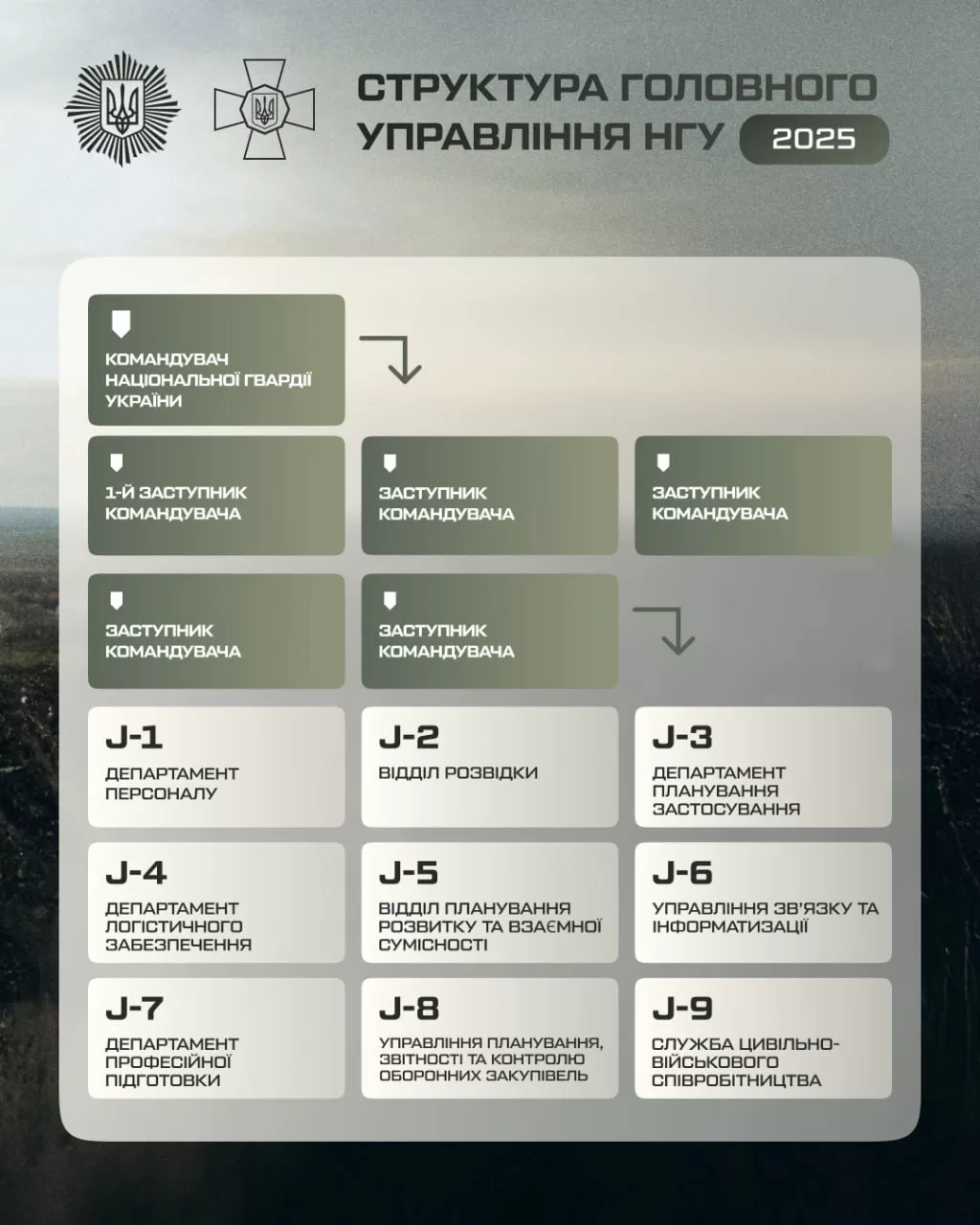The main directorate of the National Guard of Ukraine is switching to the J-structure of management, which complies with NATO standards. This was announced by the Commander of the NSU, Lieutenant General Oleksandr Pivnenko.
According to him, the introduction of the new system will allow to delineate authority between functional sectors, avoid duplication of tasks and increase the efficiency of decision-making. This approach already works at the level of brigades (S-structure) and corps (G-structure) – now it is being implemented at the highest strategic level of the National Guard management.
Each of the functional sections (J-sections) will have clearly defined tasks and will be coordinated with the relevant structures of the Armed Forces of Ukraine, other security agencies and international partners.
“This will allow for more efficient use of available resources, focus on combat training, logistics and combat readiness support,” Pivnenko said.
What is a J-structure?
J-structure is a management system adopted in the armed forces of NATO countries that divides headquarters into functional sections by areas of responsibility. This approach is designed to improve command efficiency, ensure interoperability among Alliance members and standardize decision-making processes.
The most common sections include:
- J-1 – personnel (human resources, manpower)
- J-2 – intelligence
- J-3 – operations
- J-4 – logistics
- J-5 – strategic planning
- J-6 – communications and information systems
- J-7 – training and doctrine
- J-8 – finance and resources
Each section interacts with the respective units in partner structures to ensure interoperability in multinational operations.
